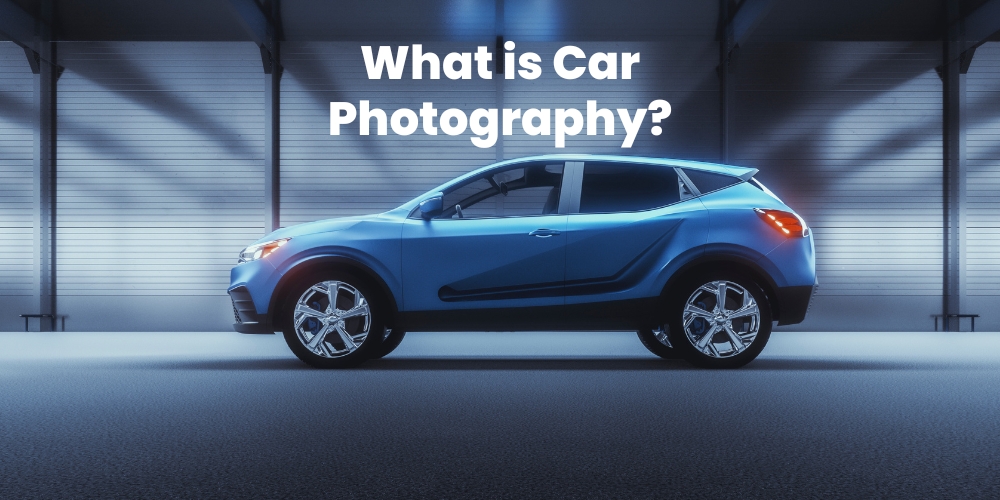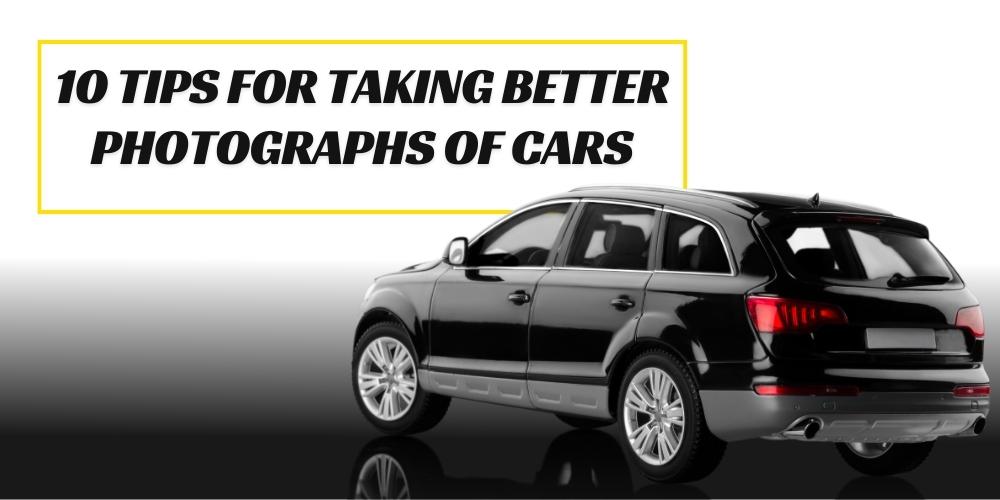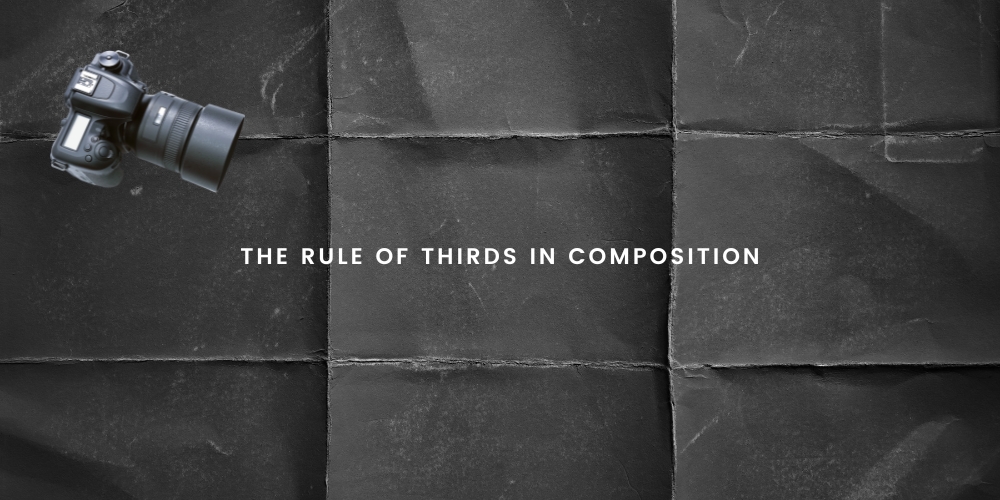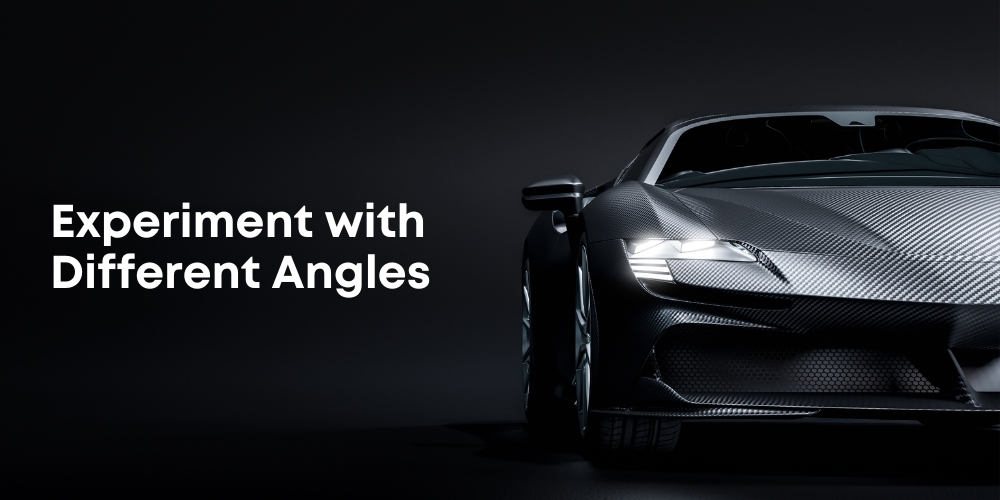These 10 tips for taking better car photographs can help you with your vehicle photography game. However, If you love cars and want to capture their elegance and details, these will greatly assist you. On the other hand, aspiring professional photographers hoping to produce outstanding automotive portfolios should know these tips.
Enhance your car photography skills by learning how to use lighting and perspectives effectively.
What is Car Photography?

Car photography is the art of photographing autos in all their beauty. It entails taking aesthetically stunning images by showcasing each car’s unique qualities, specifics, and personalities. Through expert angles, lighting, and composition, car photographers turn vehicles into captivating visual stories that elicit admiration and emotions.
This type of photography converts vehicles into a masterpiece. Vehicle photography Increases the grace of your vehicle, and it appeals to both car enthusiasts and art fans.
10 Tips for Taking Better Photographs of Cars

1. The Magic of Golden Hour Lighting

The warm, soft light highlights car curves and contours during the golden hour, around dawn or dusk. Your photographs get depth from the soft, angled lighting, which adds drama and improves the car’s aesthetic appeal. Unlock the potential for stunning automotive art by applying these car photography ideas.
2. Get Low and Showcase the Lines

Try low angles to draw attention to the lines and design of the automobile. In addition to highlighting the vehicle’s looks, shooting from a lower angle makes the vehicle appear more powerful and dynamic. Getting the perfect car photography angles is like sculpting with light and metal, crafting a symphony of curves and reflections.
3. The Rule of Thirds in Composition

To make a balanced composition, use the rule of thirds. Position the car along gridlines to guide the viewer’s gaze and add intrigue to your photos. One of the fundamental but essential recommendations for car photography for beginners is to use the rule of thirds in composition.
Positioning vital vehicle parts at grid intersections adds balance and vitality to your images.
Moreover, it focuses on key details—design, specifics, and surroundings—resulting in visually appealing images that truly represent the vehicle.
4. Details Matter: Focus on Close-Ups

To capture each car’s unique identity, zoom in on details like logos, headlights, and rims. By using macro lenses, you may see textures and quality that you might have missed otherwise. If you want to be a professional car photography expert, then learning to capture the significant details of the car is paramount.
Highlighting intricate details like upholstery stitching or polished chrome emphasizes craftsmanship and deepens the connection between viewer and car.
Master this skill to capture cars’ essence, creating captivating photos that resonate with collectors and enthusiasts.
5. Play with Reflections

Reflections may bring creativity and originality to your photographs. Using reflection images from puddles, windows, and mirrors, your automobile shots will become more artistic. Reflection shadows can be used to make the vehicle picture appear more realistic. To give the picture depth and dimension, shadows are essential.
These shadows may be artfully used to give the automobile a sense of presence and being rooted in its surroundings. In addition to enhancing the image’s aesthetic appeal, this technique gives it a lifelike sense that engages viewers and pulls them into the action, deepening their emotional connection to the subject.
6. Experiment with Different Angles

Make sure to expand your imagination beyond just standard photos. Take your car photography to new heights by experimenting with novel perspectives and angles. Ascend to a rooftop vantage point or hug the earth by lying down; these adventurous techniques may give your photos new life by adding an air of originality and curiosity.
Accepting multiple viewpoints may help you create intriguing views that show off the car in ways that amaze and captivate your audience, leaving a lasting impression and setting your work apart from the competition.
7. Show the Car in Motion

Incorporate the adrenaline of a moving automobile into your images by mastering methods meant to capture motion, such as panning. By actively employing this technique, follow the automobile’s trajectory as you capture the picture. Meanwhile, the approach creates a dynamic image, with the car remaining focused and sharply contrasting against a softly blurred background.
8. Utilize Leading Lines

Strategically incorporate architectural or natural lines throughout your arrangement to draw the viewer’s eye toward the automobile. These lines act as roadways that direct the viewer’s attention to the car while adding depth to the picture, making your shot a captivating visual experience.
Utilizing the power of these lines, you may harmonize how the landscape and the car relate to one another, creating a rich and engaging visual that grabs the viewer’s attention and encourages inquiry.
9. Pay Attention to Background and Context

Select carefully to create a backdrop that enhances the tale and the beauty of the automobile. The background should seamlessly extend the car’s personality, whether a metropolitan cityscape or a lovely country road. A thoughtful background enhances the subject’s vehicle and plays a crucial role in the narrative your picture is trying to convey.
If you can’t locate a suitable background while shooting, you may use a background removal service to remove and add a background. Choosing the right background enhances the immersive visual experience while captivating viewers in the world of automobiles.
10. Post-Processing for the Perfect Finish
After you’ve shot your images, use post-processing tools to improve them. Fine-tune factors like exposure, contrast, and color balance to get the exact appearance and atmosphere you want for your automobile photographs. By increasing the mood and character of the automobile and ensuring the end product is in line with your creative goal, this step enables you to polish the visual story.
By adeptly using post-processing procedures, you may refine your already impressive images into polished works of art that capture the entire range of the vehicle’s attraction.
Frequently Asked Questions (FAQs)
Q: How do I capture fast-moving cars without getting a blurry shot?
A: To capture moving cars sharply, use the panning technique. Track the car’s movement while taking the shot to keep the car in focus while blurring the background.
Q: What’s the best camera lens for car photography?
A: When photographing cars, a wide-angle lens (around 35mm) is frequently selected since it makes it possible to catch the vehicle and its surroundings.
Q: Can I take great car photos with a smartphone?
A: Absolutely! Numerous cell phones come with powerful cameras. Concentrate on the lighting, composition, and manual smartphone settings for best results.
Q: How can I avoid reflections when photographing cars?
A: To minimize unwanted reflections, adjust your shooting angle, and consider using a polarizing filter. Position yourself to reduce glare from shiny surfaces.
Q: What’s the key to capturing car details effectively?
A: Use a macro lens or the macro mode on your camera to capture intricate details like logos, textures, and unique features up close.
Q: What’s the ideal setting for car photography on a cloudy day?
A: Cloudy days provide soft, diffused lighting that is excellent for car photography. To achieve realistic colors, adjust the white balance settings on your device.
Final Verdict
Photography of vehicles demands a combination of talent, imagination, and focus on the small things. You can master the art of automotive photography by following these 10 tips for taking better photographs of cars. You’ll be able to create images that emphasize the sophistication and mastery of autos.
Whether you want to wow your friends on social media or gain professional recognition, these tips will help you stand out in car photography.
Remember that every automobile has a unique history you may bring to life via photography.
